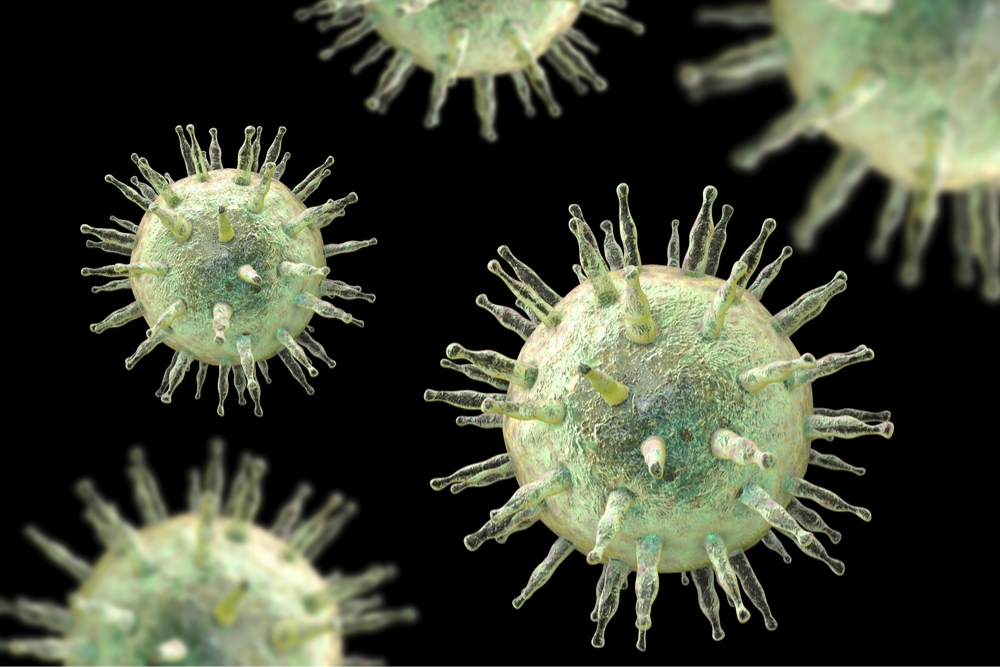What are the Symptoms of Glandular Fever?
Medically Reviewed by Dr Jillian Lau
Last updated on 07.09.2023
What is Glandular Fever?
- Glandular Fever is the common name for a viral illness called Infectious Mononucleosis.
- It is usually caused by the Epstein Barr Virus (EBV)- a type of herpes virus (related to the cold sore and chicken pox viruses), though some other viruses can also cause it.
- It’s very common, though only about half of people who catch it will develop symptoms.
- Teenagers and young adults tend to get more obvious symptoms of Glandular Fever than younger children and older adults.
- Once you’ve had Glandular Fever, the virus that causes it doesn’t leave your system but lies dormant.
- A small minority of people continue to shed the virus for years after they first catch it (even though they have no ongoing symptoms), which means they can pass it on to non-immune people.
What are the symptoms of Glandular Fever?
The symptoms of Glandular Fever vary from person to person. They usually develop 4 to 6 weeks after exposure to the virus. However, as mentioned above, about half of people infected with EBV get no symptoms at all. Here are the common symptoms of Glandular Fever, as well as some rarer complications:
- Sore Throat- the tonsils may be very large, and there may be exudate (white or yellowish spots) on or around the tonsils. The sore throat can last for up to a week or so. Often, the lymph nodes (“glands”) in the neck will be large and tender also.
- Fever- this may occur on and off for 1-2 weeks.
- Tiredness- people who get Glandular Fever are often tired for a few weeks afterwards. Less commonly, people complain of long term tiredness or “Chronic Fatigue” lasting months or even years after Glandular Fever.
- Enlarged lymph nodes or “glands” – this can include glands in the neck, armpits and groin.
- Abdominal pain
- Nausea and vomiting sometimes occur
- Headache
- Muscle aches
- Rash- some people with Glandular Fever get a rash on the trunk or arms
- Enlargement of the liver
- Enlargement of the spleen- the spleen is an organ in the upper left part of the tummy, just behind the lower ribs. Its usual role is in fighting infection- it does this largely by “filtering” the blood. In about 50% of Glandular Fever cases, it can swell and enlarge. Rarely (in less than 1% of cases) the spleen may rupture- leading to sudden severe tummy pain.
- A widespread raised itchy rash can occur if a person with Glandular Fever is mistakenly given an antibiotic called Amoxicillin for their symptoms- that’s why Amoxicillin should not be prescribed as treatment for a sore throat. The same problem can occur with the antibiotics Co-amoxiclav and Ampicillin.
- Neurological complications are rare but include viral meningitis and encephalitis.
- Jaundice- this is when there is yellow discolouration of the whites of the eyes and the skin. It affects about 4% of people who get Glandular Fever.
- Hepatitis (inflammation of the liver) is rare
- In the longer term, the Epstein Barr Virus can trigger certain forms of lymphoma
How do you get Glandular Fever?
- It is usually spread through saliva, or droplets that are coughed or sneezed into the air.
How long does it take symptoms of Glandular Fever to develop?
It can take from 30 to 50 days for symptoms of Glandular Fever to show, following exposure to the virus. However, around 50% of the time, it is a “silent infection”, and the person is unaware they have it.
If you have symptoms of Glandular Fever, you should see your doctor for assessment and advice.
Further Patient Resources
Glandular Fever betterhealth.vic.gov.au
Article Resources
Lennon P, Crotty M, Fenton JE. (2015) Infectious Mononucleosis


On a vegan diet?- some important things you should know
Vegan diet- a beginner's guide What is a vegan diet? A vegan diet, also known as plant-based, describes one that avoids any animal products. There are many subtypes of [...]
How to get rid of Jock Itch
How to get rid of Jock Itch What is Jock Itch? Jock Itch is a common name for the medical condition also known as "Tinea Cruris". Jock Itch is [...]
Acid reflux- what causes GORD, and how to get rid of it
Acid reflux- what causes GORD, and how to get rid of it Acid reflux is when stomach acid flows from the stomach upwards into the oesophagus. The oesophagus (us-off-a-gus) [...]
Why request an Asthma Action Plan?
Why request an Asthma Action Plan? What is an asthma action plan? A key part of asthma management is the preparation of a written asthma action plan by the [...]
How to get rid of a UTI
How to get rid of a UTI What is a UTI? UTI stands for Urinary Tract Infection (also referred to as a bladder infection or cystitis). UTIs are common, [...]
Lower Urinary Tract Symptoms in Men
Lower Urinary Tract Symptoms in Men What are Lower Urinary Tract Symptoms? ‘Lower urinary tract symptoms’ are symptoms related to passing urine and are common in men as they get [...]









